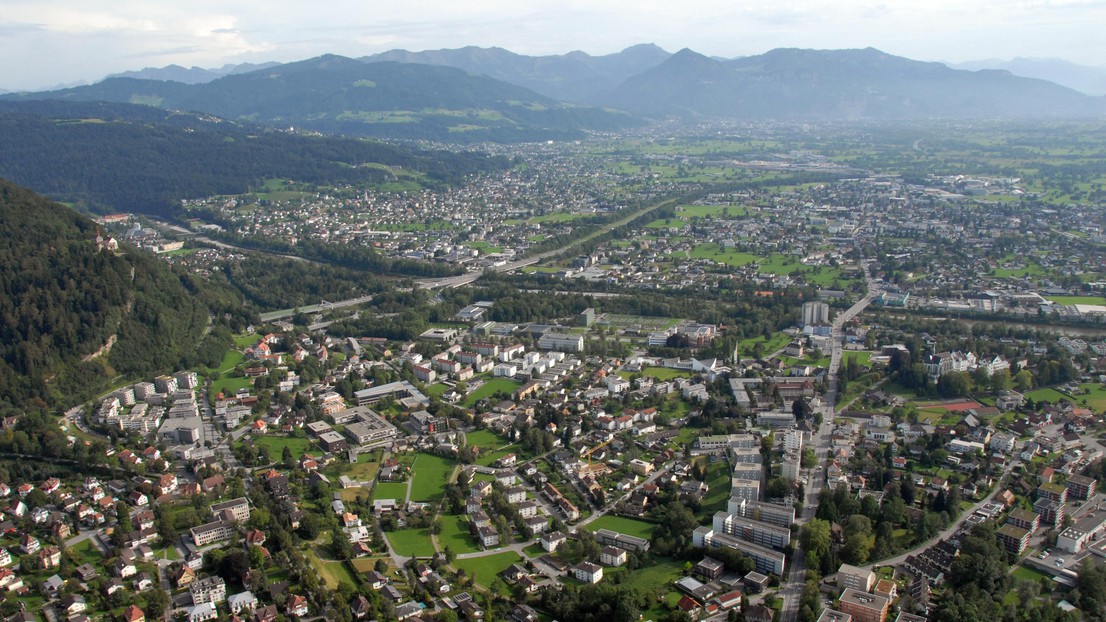Between household structure, urban density, and ecological transition

Vue aérienne de l’urbanisation dans la région du Lac de Constance © EPFL / LAST
The international and interdisciplinary journal Sustainable Cities and Society has published an article on work carried out at the Laboratory of Architecture and Sustainable Technologies (LAST) as part of the Symbiotic Housing research project funded by Innosuisse, the Swiss Innovation Agency. Entitled “Between household structure, urban density, and ecological transition: rethinking the approach of estimating housing needs in Switzerland” and co-written by Ulrich Liman, Dr. Martine Laprise, and Prof. Emmanuel. Rey, the article proposes a novel modeling framework based on a prospective and statistical approach to estimate – quantitatively and spatially – housing needs with a view to a low-carbon society.
Switzerland – like many other European countries – faces the dual challenge of population growth and carbon neutrality targets by 2050 to meet the Paris Agreement. Against a backdrop of housing crises, the real estate industry is promoting a sharp increase in the number of new buildings, tending to relegate climate and environmental challenges to the background. On the other hand, the idea of a moratorium on new construction is tending to emerge, sometimes combining the desire to preserve the quality of life with that of protecting the environment. In these two opposing positions, the question of current and future housing occupancy in the light of a changing demographic structure, as well as that of the link between housing location and induced mobility, often tends to be sidestepped. Despite the availability of up-to-date statistical data, figures on vacancy rates, and therefore housing needs, do not reflect the optimal capacity of the current housing stock according to territories with good public transport links.
In this article, the authors introduce a novel modeling framework that provides a comprehensive estimate and sharp analysis of housing needs in Switzerland to contribute to developing relevant housing strategies with a view to a low-carbon society. It takes a prospective and statistical approach to estimate – quantitatively and spatially – future housing provision. Based on demographic scenarios, occupancy targets, and public transport services, it helps determine a contextualized vacancy rate by considering an increased occupancy of the current housing stock, and consequently how many and where new housing should be built.
In a practical and ecological approach, the results show that it would be possible to meet the expected increase in Switzerland's population and minimize CO2 emissions attributable to the construction, operation and mobility of the built environment, by building significantly less than the 50,000 new homes built annually over the last decade.
The article also discusses a strategy of priority actions to answer housing needs while minimizing the carbon impact of construction and enhance sustainable practices.
Financial support from InnoSwiss within the framework of the Symbiotic Housing research project (Innolink: 101.837 IP-EE).